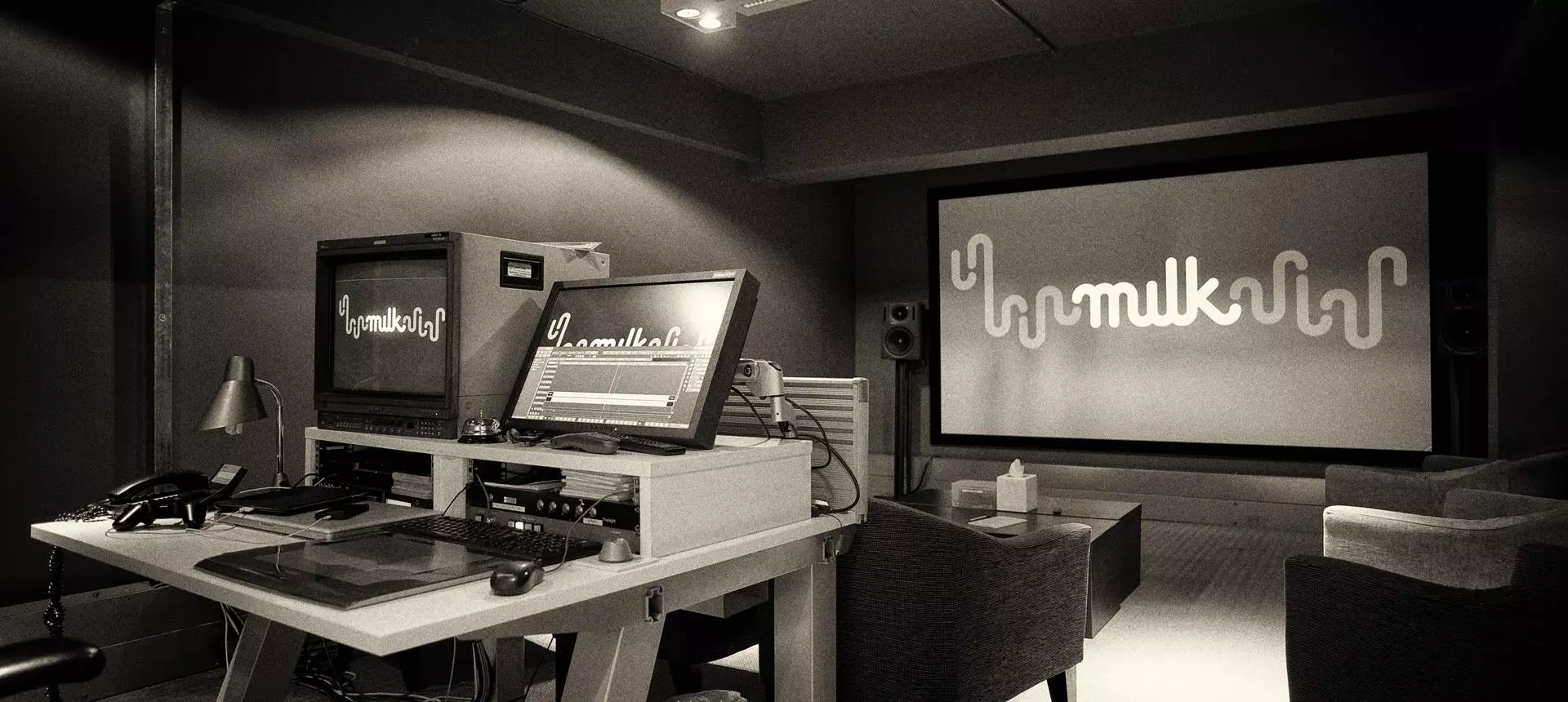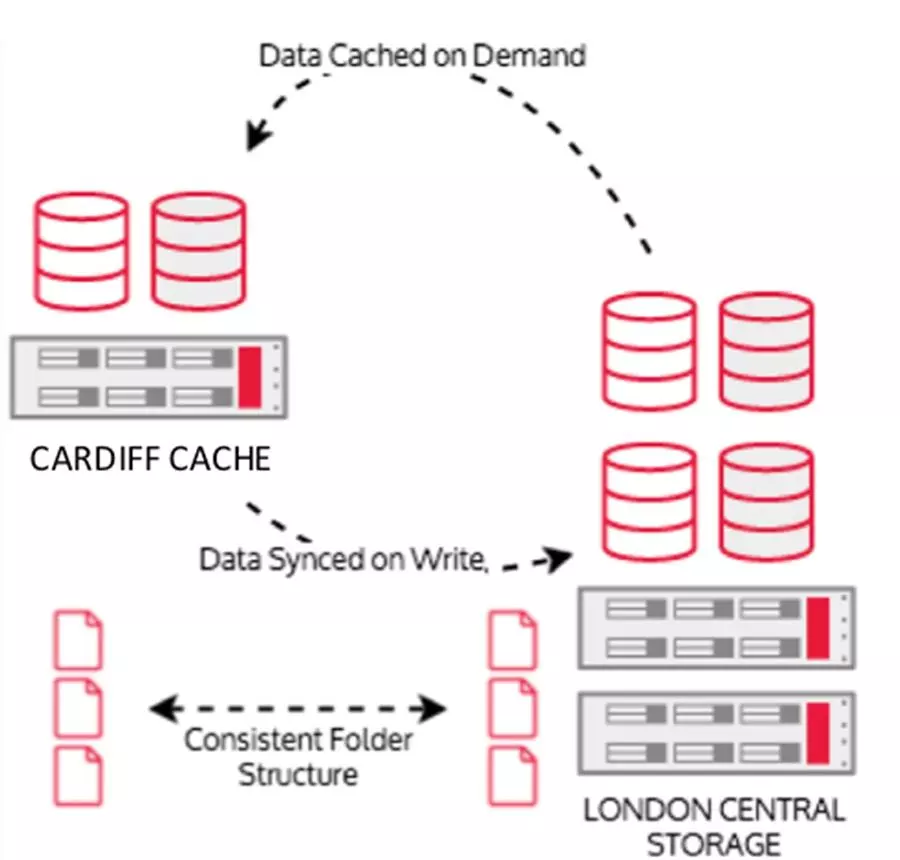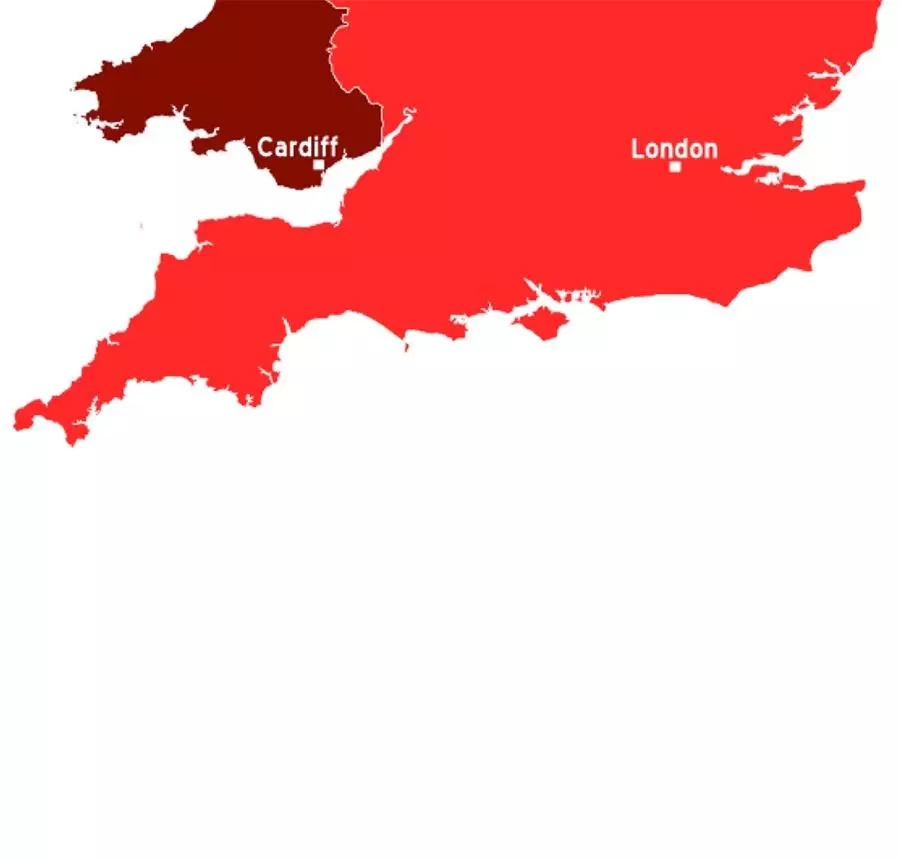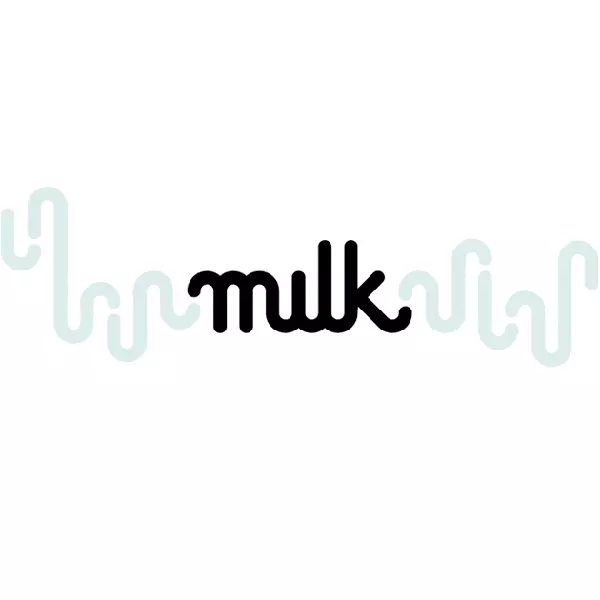Milk VFX

Milk VFX
When BAFTA-winning VFX house Milk needed to expand its facility due to a growing roster of TV and film projects, it was able to choose a remote location while staying connected via its pixstor storage system.
“Cardiff was the natural choice for expansion because many of our clients are based there, including Hartswood Films West (Sherlock) and BBC Cymru (Doctor Who),” explains Dave Goodbourn, Head of Systems at Milk. “With the help of the Welsh government, we found a great location in GloWorks, the creative hub that’s just across the road from the BBC Studios at Roath Lock. The clincher was the Sohonet connectivity from Pinewood Cardiff that enables us to maintain a strong connection with our London facility.”


This link also enabled Milk to set up a unique workflow between its two facilities, enabling artists to share files easily and securely from the same pixstor storage system.
“The initial choice of pixstor as our storage infrastructure for London was really a no-brainer, as I had used the system at two other companies previously and knew that it would be the right solution for Milk,” says Goodbourn. “With pixit, we’re not tied into any specific hardware, and the level of support is absolutely incredible – we don’t have to wait, they’re on it within minutes. We’re a relatively small company so we see them as our third engineer – we don’t have the need for more in-house but we know we can call on them any time. Also, they don’t just want to sell you a system, they want to get involved in where it will be plugged in, what it will integrate with and how we want to work with it – there’s a deep level of understanding and care, which we really appreciate.”

With the pixstor system established in London, the technical expansion to Cardiff was simple. “When we opened the Cardiff facility, rather than have a separate island of storage we were able to connect the suites to our London storage and there’s barely any delay,” Goodbourn explains. “We don’t treat Cardiff as a separate entity – from an infrastructure point of view, it’s like we’ve added another floor in London, but for a fraction of the cost.”
A key part of the new workflow saw Milk look to the cloud, both private and public, testing render-on-demand between London and Cardiff. pixitmedia’s pixcache accelerates rendering by transferring a single copy of the data requested to multiple private cloud render instances from existing on-site storage, considerably reducing the time, complexity and costs of launching render resources. pixcache also supports bursting to public cloud with Google Cloud Platform. pixcache functions are resident as standard within pixstor architecture, so Milk simply added a server in Cardiff in order to extend the system and effectively create a global browse cache.
“We can use pixcache as a client in the cloud and transfer all the required files to Cardiff quickly and easily, and from a system perspective it’s a cost- effective extension to my render farm,” says Goodbourn. “The artists in Cardiff can browse and open files as if the pixstor system was next door. Recently we were caching between London and Cardiff almost constantly on a wide variety of projects – the short 2D and 3D shots for Thunderbirds were nearly all rendered in Cardiff, and we had some really complex shots with high render times for Doctor Who and Beowulf – and pixcache and pixstor handled it incredibly well. We can start a Doctor Who shot in London and have a Cardiff artist pick it up in seconds. We don’t need to worry about FTPs or email files and we haven’t had to change our pipeline at all, everything just works. We are also confident that if we need to extend our render capability to a cloud platform, we are ready for it at a moment’s notice, thanks to pixcache.”

Recently, due to combined deadlines Milk needed to burst onto more render nodes, and the cloud was the perfect solution. “Using the pixcache system on Google’s cloud platform meant that the cloud instances responded, rendered and acted just as if they were in either the London or Cardiff machine rooms,” comments Goodbourn.
With such complex and valuable assets, disaster recovery is always a major consideration. Thanks to pixstor and pixcache, Milk now has an entire back up in Cardiff.
“Every night we back up to Cardiff. If the London system was to fail or there was a fire at the facility, we’ve got a full back up of everything in Cardiff and we can be up and running again in minutes,” says Goodbourn. “We couldn’t do that before as a single site.”
While the facilities may be 150 miles apart, Milk’s unique multi-site workflow enables its artists to collaborate on projects as easily as if they were next door to each other.









